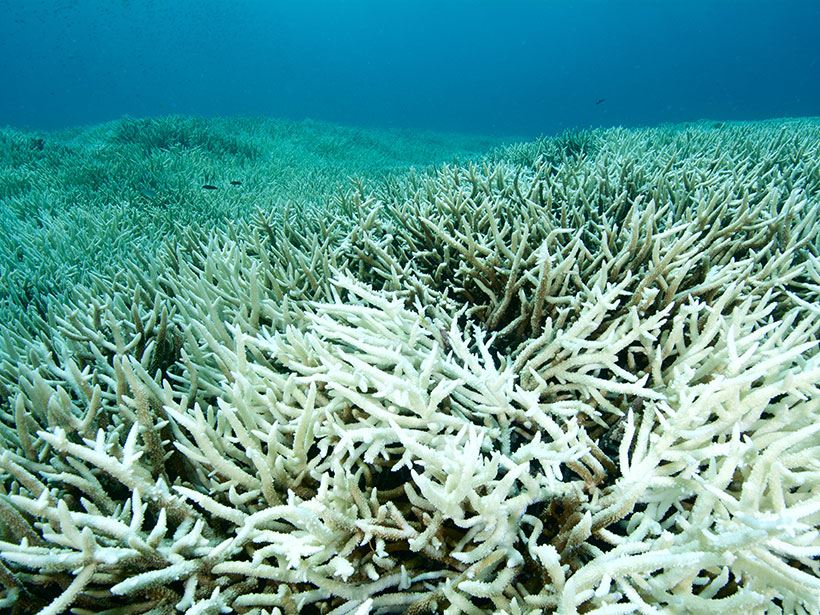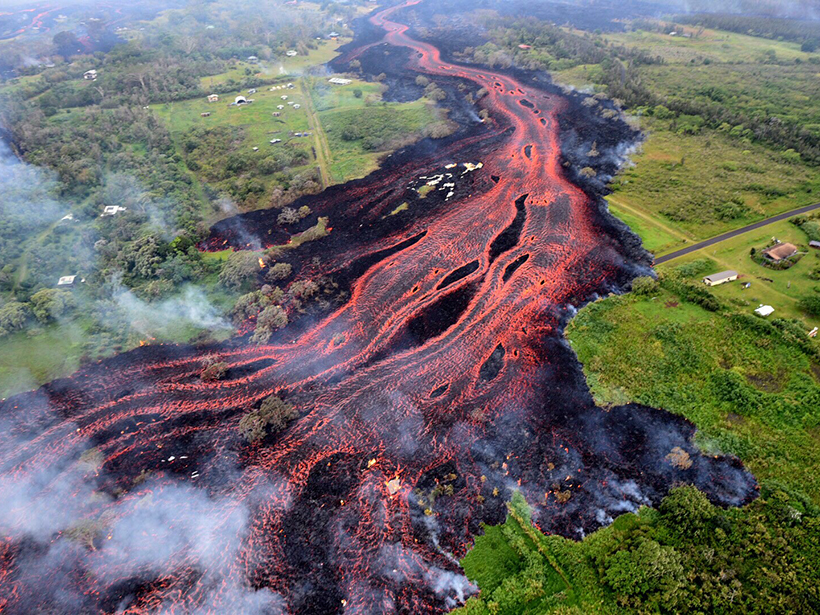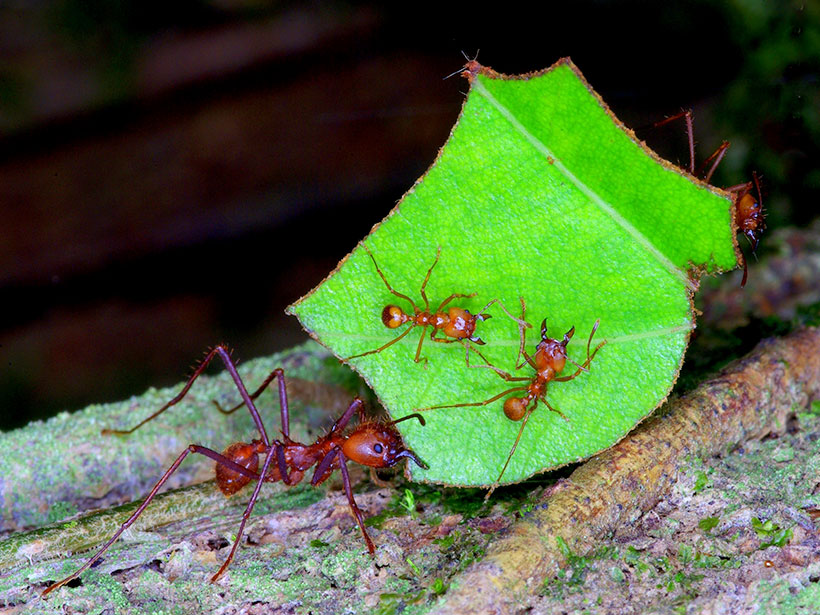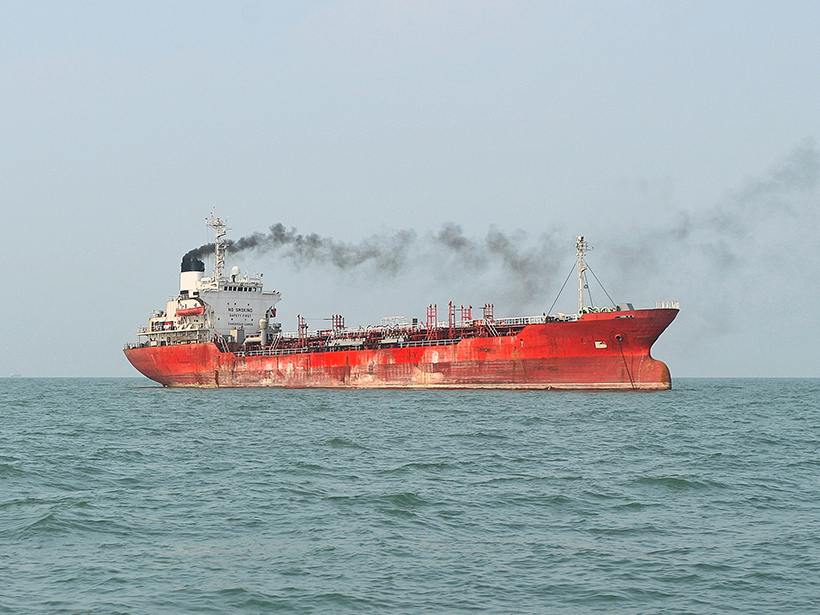The warm current cools the tropical Pacific and strengthens trade winds.
E. Underwood
A New Tool for Studying Volcanic Eruptions Like Kīlauea
A new study sheds light on how magma erodes the conduit it flows through.
Leaf-Cutter Ants Boost Carbon Dioxide Emissions from Soil
Leaf-cutter ant nest openings emit up to 100,000 times more carbon dioxide than surrounding soil, a new study shows.
How Monsoons in Africa Drove Glacier Growth in Europe
A new study shows that low-latitude weather can affect distant glaciers.
Equatorial Ionospheric Scintillation During Daytime
Scintillation—flickers and distortions in radio waves passing through the ionosphere—can happen during daytime and at much lower dip latitudes than previously thought.
Dramatic Stratospheric Warmings Carved a Hole in the Ionosphere
A new study of sudden temperature spikes in Earth’s stratosphere could improve space weather forecasting.
What Is a Nuisance Flood, Exactly?
A more precise definition could help cities and governments prepare and respond to hazards.
Brown Carbon from Increased Shipping Could Harm Arctic Ice
Emission from a ship’s engine gives clues to how much light-absorbing molecules may build up on and above snow and sea ice. Such emissions are likely to increase as more ships venture into the Arctic.
Why Trace Metals Cling to the Ocean’s Skin
Metals within the millimeter-thick sea surface microlayer may impact ocean health and climate.
Improving Air Quality Could Prevent Thousands of Deaths in India
More stringent emission controls are key to the country’s future health.










